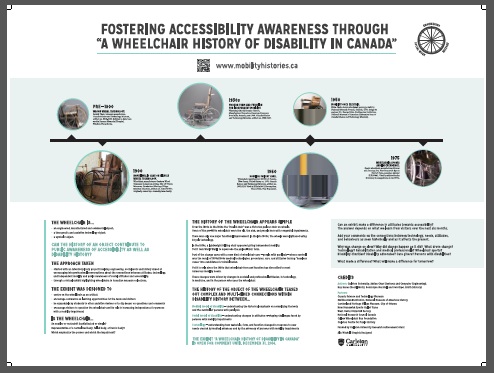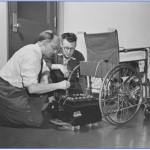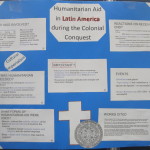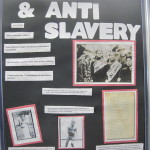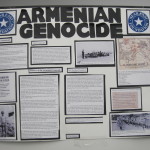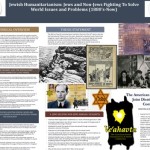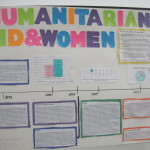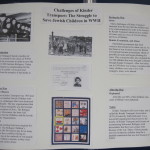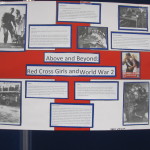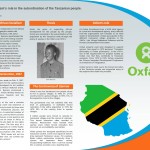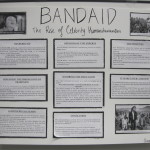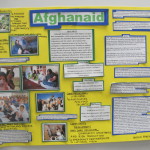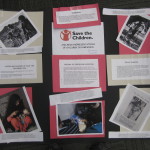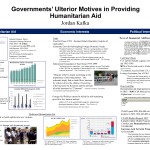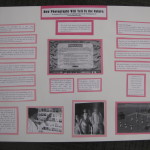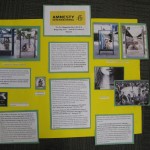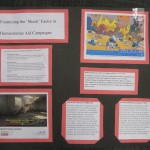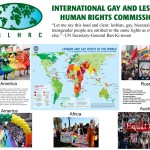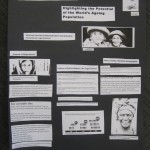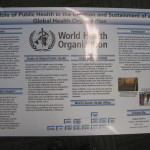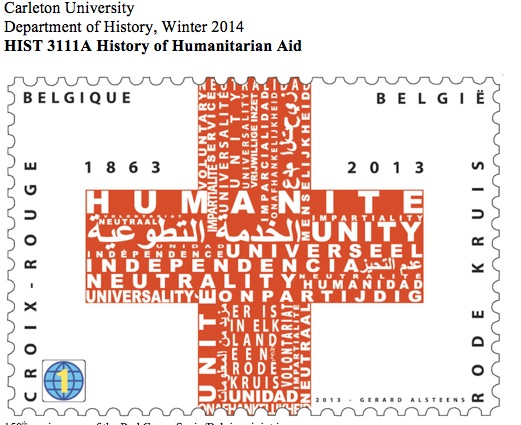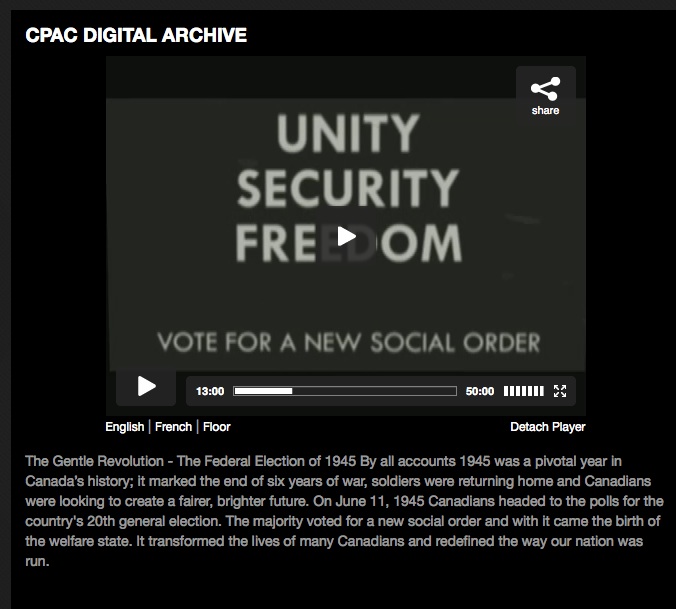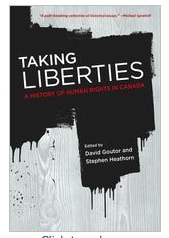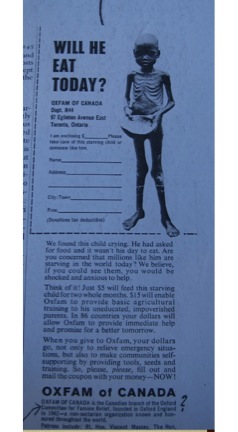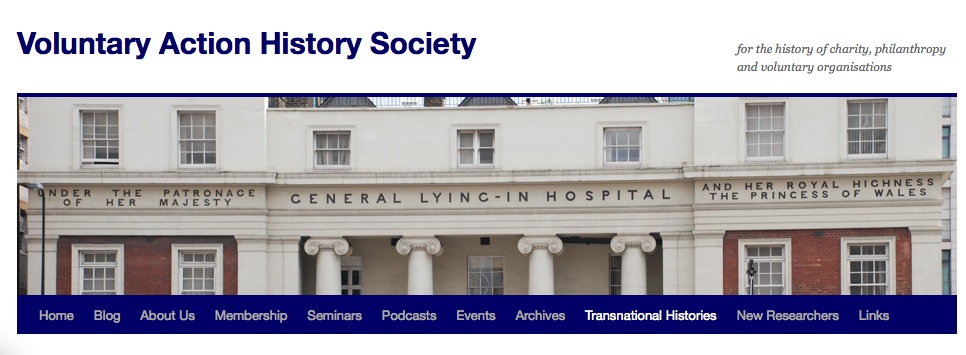The website is now available since July 13 at the following address: http://www.mobilityhistories.ca
We would be delighted if you could take a look at the exhibit and add your thoughts on how we can encourage interdisciplinary discussion of technology, mobility, and accessibility. Please feel free to forward this email to others who you feel would also be interested.
Our research assistant Dorothy Smith will present a poster and a talk on the project on the history of the wheelchair in Canada at the Accessibility Summit, from July 13 to July 15, 2014, at Ottawa’s Convention Centre.
Her poster will be on display for the duration.
The Wheelchair: An Artifact History of Disability in Canada
Carleton University’s virtual exhibit on wheelchair history in Canada asks the viewer to see the narratives created by medical and social models of disability as well as changes in technology, users, societal assumptions and behaviours over time. The goal is to encourage one to examine “intersectionalities” between people with disabilities, environmental, attitudinal, and technological change. As well, it seeks to while alert non-professionals to the ways disability is constructed out of impairment.
- Gendron wheelchair BBC A History of the World in 100 Objects
- George Klein works on his battery powered wheelchair at the NRC.
Her talk will be on July 13, at 2:45.
Session: World of Good Practices (Room: 206 + 208, level 2)
A fast paced, information packed session designed to share good practices and innovative approaches. Presenters will share their solutions to the challenges faced when creating greater accessibility and inclusion in the community, workplace, learning and living environments.
Retrofitting Cadboro Beach
Stefanie Barber (Canada)
Measure of Accessibility to Urban Infrastructure
Stephanie Gamache, Occupational Therapist, M.Sc., PH.D., Universite Laval (Canada)
Castle on a Hill: Balancing accessibility with cultural landscape and natural environments
Dorota Grudniewicz, Project Manager Landscape Architect, National Capital Commission (Canada)
The Role of the Disability Community in Creating Social Change: The AODA Experience (media presentation)
David Lepofsky, University of Toronto (Canada)
The Wheelchair: An Artifact History of Disability in Canada
Dorothy-Jane Smith, Research Assistant, Carleton University (Canada)
Best Practices for Post-Production and Emerging Forms of Described Video
Robert Pearson, Director, Accessible Media Inc. (Canada)
The Development, Testing and Refinement of the School Accessibility Tool (SAT)
Nicole Yantzi, Associate Professor, Department of Environmental Studies, Laurentian University (Canada)
A Person Centered and Social Capital Approach to Community Inclusion for People with Intellectual Disabilities
Keenan Wellar, Co-Leader and Director of Communications, LiveWorkPlay (Canada)
Background
I am helping to supervise the research on technologies of disability in Canada. Dorothy Smith is working on the history of the wheelchair in Canada, with the help of Design engineer Adrian Chan and Social Work Professor Roy Hanes.
We would like to recognize a major partner, Dr. David Pantalony, curator of Physical Sciences and Medicine at the Canada Science and Technology Museum. His support gave us access to the core artifacts found in the exhibit
As well, we thank the Carleton Centre for Public History who is hosting the exhibit on their website DH@CWorks (http://omeka.dhcworks.ca/exhibits/show/wheelchairhistorycanada).
Thanks also to Carleton University for funding this collaborative project through the CIF.
More on Disability Studies
I wrote a short review of the work done by historians of disability and the Canadian Disability Studies Association for the Bulletin of the Canadian Historical Association of May 2013: click HERE for versions in French and in English.
Carleton is starting its new minor in Disability Studies this September. To learn more, click HERE


